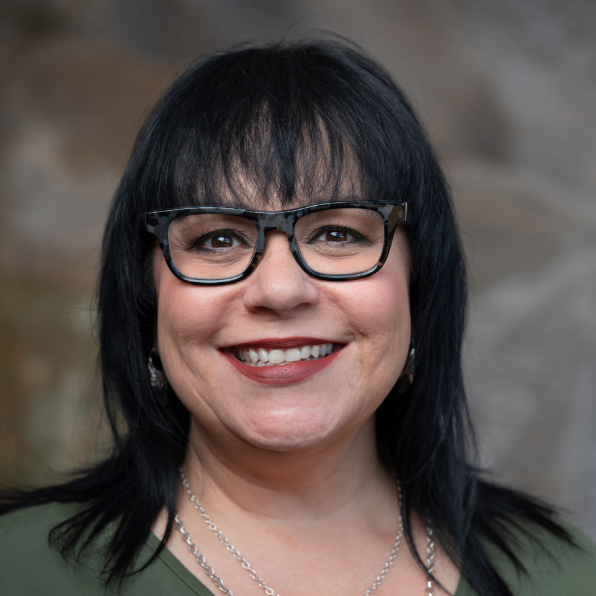The COVID-19 pandemic exposed the chasm that is the nation’s digital divide: There have been scores of kids who couldn’t attend school online, adults who couldn’t work remotely, and families who couldn’t make virtual doctor’s appointments, connect with loved ones, or buy goods and services online.
The digital divide – the gap between those who do and do not have access to high-speed internet service and computer technology – is long-standing and pronounced in Indian Country, which comprises more than 300 Native American reservations and 100 million acres of land.
“The pandemic shone a great light on the reality of broadband access like nobody could have imagined,” said Traci Morris, executive director of the American Indian Policy Institute at Arizona State University. “People died, kids couldn’t go to school, and people couldn’t get telehealth because we have this incredible divide in Indian Country.”
On April 21, Morris, a Colorado State University alumna, testified about needs in tribal broadband infrastructure during a virtually convened hearing of the U.S. House of Representatives Subcommittee for Indigenous Peoples of the United States.

The subcommittee, under the House Committee on Natural Resources, is examining infrastructure priorities in Native communities as part of the Biden Administration’s American Jobs Plan, a $2 trillion proposal aimed at building a competitive, post-pandemic economy. The hearing assessed how federal investments could effectively create jobs and improve infrastructure in Indian Country; topics included broadband access, roads, utilities, and adequate housing.
Influential voice
A member of the Chickasaw Nation of Oklahoma, Morris is an influential voice in the Native American policy sphere, with particular expertise in broadband access. She is one of few researchers in the country examining the digital divide in Native communities and was one of five experts invited to testify at the congressional subcommittee hearing.
During the digital age, the need for broadband infrastructure is equivalent to needs for running water and electricity, Morris said in an interview before her testimony. Without high-speed internet access, she said, “you’re not functioning in the same world.”
Morris, who lives in Phoenix, graduated from CSU in 1995 with a bachelor’s degree in liberal studies, then earned master’s and doctoral degrees in American Indian studies at the University of Arizona. She became executive director of the American Indian Policy Institute in 2014.
For years, Morris has conducted research and policy analysis to inform economic development and capacity building in Native communities – matters that invariably involve telecommunications access. Morris often works with tribes, public agencies, and community organizations to identify and understand socioeconomic concerns within American Indian communities, often in the western United States.
On tribal lands, barely 60% of people have high-speed internet access, compared to 97% of Americans in urban areas, according to the Federal Communications Commission. Broadband access, the FCC notes, is “critical to economic opportunity, job creation, education, and civic engagement.”
Putting those numbers in context, 5.2 million people identified as American Indian and Alaska Native alone or in combination with other races in the 2010 U.S. Census. Indian Country encompasses nearly 575 federally recognized tribal nations in 35 states.
Even the markedly lower percentage of Native Americans with broadband access is misleading, Morris said, because access does not equate to reliable service or its affordability.
Moreover, a disproportionately high number of people of color can’t afford laptops and other computer technology – a fact that sent educators scrambling to fill needs when students couldn’t log in to school during the pandemic.
Morris and her colleagues conducted a scientific survey in 2019 and found more than 30% of Native households rely on cellphones for all their internet needs. “But you can’t do homework on a phone,” she noted.
It’s heartening to have a seat at the policy table to discuss such critical, longstanding infrastructure needs in Indian Country, Morris said.
“It’s not always about the problem – it’s about the solution,” she said. “I hope these discussions are impactful. It’s a huge responsibility.”